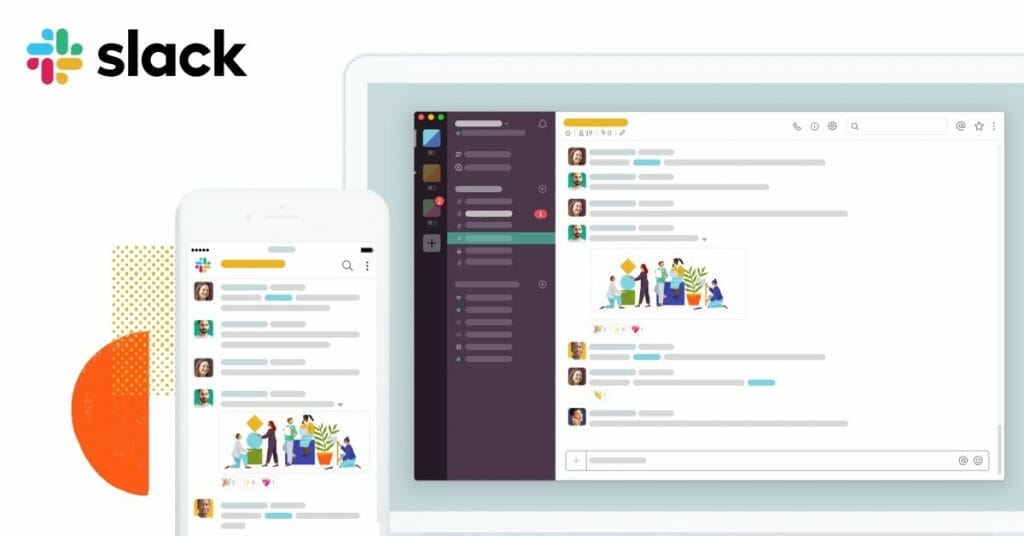10 Hacks for Managing a Remote Team effectively
The rising trend in the working industry is working remotely. To excel in terms of productivity and efficiency, having remote teams is serving as an excellent chance for professionals and managers.
Virtual teams can prove to be a great revenue, but effectively managing remote teams can be a challenge for those managing them.
In this blog post, I will guide you about some hacks that you can use to handle your remote team effectively and can have an increase in your productivity.
1. Schedule time to meet face-to-face


Taking out the time to meet with remote employees face to face, whether weekly, monthly, or quarterly is a must. Nothing can be a replacement for the importance of (actual) face time. Meeting face to face once in a while will help you and your employees better understand the personalities, nature, work habits, opinions, and perspectives of each other. Having a face and a better understanding of a person behind the screen is very important for working effectively and productively.
You can organize a get together every month or every 2-3 months, whatever time schedule suits your organization to meet your remote employees.
With warm get together and some fun team building activities and conversations directly impact productivity, team morale, and overall team performance. No matter how big or small the size of your team is, it is important that you focus on team building activities and create a sense of connectedness amongst your organization.
This trend of getting together can be an opportunity to have a big discussion around culture, vision, and team future with your employees.
2. Set boundaries with your remote employees


Team members working remotely or from different locations often need to have some set of boundaries to maintain the balance between their work and personal life. As the teammates are working from different places or maybe different countries that make a difference in time zones as well, any notifications or chat messages or emails can ruin someone’s sleep or disturb their family time.
Discussion of work schedules and what can be the right time for calling or texting them and setting prior understanding with each team member can be proof that you respect their time and that you care for them. This will help in building optimistic relationships with employees, making sure nothing is too hard for anyone and no one is under pressure.
3. Send out weekly updates


Giving weekly reminders and updates to every team member can ease the confusion they might be having regarding the project. These updates will either mark the start or the end of the week on the same page for each team member.
No one has to get tensed about being left out of the loop whether they are in or out of office.
4. Check-in regularly
Checking up on your remote field team consistently is very important and shows that you care for them. Sending a quick or casual message or email to your remote team can be as casual as a “how are you?” or “is there anything you need from me?”


This regular check-in will give your remote team a feel that they are valued by you and your organization. They will also give you a better understanding of what is happening outside the office and in their lives and if something is affecting their work.
5. Hold regular meetings for training


Employees should know about the company they are working with and spending their energy and skills. Having proper knowledge about the company and brand should be an ongoing educational opportunity for employees. For making this learning possible, you can organize particular events for your remote team members where they can get time to develop an understanding of the core values of the company in their own way of working. Training employees give them a chance to grow with the company and keep them engaged.
6. Work on team morale
Team members working from the outside office or from different cities can often feel disconnected or demotivated when there is less or no communication with their teammates. In most cases, it can be a difficult task harder to deal with a remote employee who has low morale as compared to full-time in-office members of the team.
Similarly, it is also tough to work on morale-building for remote teams. Their physical absence does not allow managers to perform team-building exercises and games to encourage collaboration and improve motivation.


To overcome this and to build remote team members’ morale, a different approach is needed. Organizations should be able to provide adequate help to any employee suffering from a lack of motivation.
If your team member is behind the deadline and is not able to work, provide them with the proper counseling, and have a proper word with them regularly to keep their morale up.
If an employee is making mistakes, then provide adequate and extensive training material to get them up to speed.
You can boost your team members’ morale by providing them with rewards for their good work and showing gratitude.
7. Respect cultural differences
Irrespective of the size of the remote team you are managing, managing cultural diversity in the team can sometimes be challenging. Today’s managers and leaders face issues like dealing with different cultures and languages of the team members. So, it is important to navigate the cultural diversity in the workplace successfully.


It would help if you encourage your team members in educating them about the cultural ethics, language, and religious holidays of different countries and cultures. This will help to solve the problems and keep cultural misunderstanding at the minimum level.
It is said that once you understand and respect other people’s cultural backgrounds, then you can connect with them in a better and healthier way.
8. Implement a mobile CRM


When managing teams from outside the office, mobile CRM is useful because it is a portable software that allows you to manage data collection, reporting, scheduling, and communication. A mobile CRM is a platform to connect you and your remote team. This tech creates consistency for both remote and office employees and standardizes how both ends of the team function.
9. Pick a standard method of organization.
Whether you like a new school method of working or old school, picking one way to organize and sticking with it is very essential for managing on-field teams and the virtual team as well.
If everyone is doing something different and not according to the desired plan than the outcome would most probably be failure rather than success. Keeping a standard method to do things like managing documents, communicating with your team, and recording your data can be more helpful and efficient in bringing success.
10. Install a project management software or a collaboration tool
To be more productive and increase the team output, you need to find out the right project management software for your members.
Choosing the best software can help you have more productivity. Benefits of having the right workflow,
You can easily avoid the trap of micromanagement.
It allows your team to control the work on each level.
A team can easily establish specific goals.
Project Management Tools/Software
Some of the software you can use are:
1. Slack – Real-time collaboration tool


Slack is a collaboration cloud-based software designed to replace emails to help you and your team work together with ease.
It is designed in such a way that you can collaborate with your team members online as effectively as you used to do face-to-face.
2. Orgzit – workflow & tasks management tool


Orgzit is a modern cloud-based solution for building customized workflow automation and collaboration software fast, without coding. Users can build software solutions for a number of business use cases such as CRM, Project Management, Task Management, etc. using Orgzit.
3. Google Drive – Document Sharing & Management Tool


Google Drive is a software that is designed to store files on their servers, synchronize files across multiple devices. You can use it to share files both within and outside your team and company.
4. Dropbox
Dropbox is an online cloud-based collaboration technology and a tool that offers cloud storage, file synchronization, and many other collaborative features.
5. Zoom – Video Conferencing Tool
Zoom is an online cloud-based software designed to do video conferencing from your team members virtually anywhere. It gives you two options, one is of a meeting by video call and the second is to do audio-only or both and gives you a facility for recording the session so that you can view it later.
Conclusion
As I said above, working Remotely with team members in different cities or countries is a rising trend. That’s why it is important for a manager or team member to grow with these trends and excel at it.
Having and managing remote employees is now an important aspect of today’s workplace environment. So, if you are a leader or want to become one, then you need to follow the above-mentioned best practices of managing the remote teams to create a truly united team and productive team.









